Today, with the help of our powerful telescope, we have discovered many planets that are better than Earth, but the most disappointing thing is that we cannot travel there. If we talk about traveling to other galaxies, leaving the Milky Way, our nearest galaxy, the Andromeda Galaxy, which is about 2.5 million light-years away, it would take us 94.5 billion years to reach there. Even if we use our fastest rocket, which currently has a speed of 28,000 kilometers per hour. Even if somehow we develop technology to achieve the speed of light, it would still take 2.5 million light-years to reach the Andromeda Galaxy, which is beyond the lifespan of any human.
Also Read: Scientists Find Super-Earth! Better Than Earth
We need a process through which we can reach one galaxy from another planet in a matter of months. Basically, I’m talking about shortcuts. So, considering the rapid expansion of our universe, think about it, every planet, every object in the universe is moving away from each other. Apart from shortcuts, we don’t have many options left for travel. This is where the concept of wormholes comes in. So, are wormholes real? Or it’s just a science friction? Let’s find out.
True fact Of Wormhole
You may have seen the concept of wormholes in many Hollywood movies, but understand that wormholes are not science fiction. The astonishing thing is that the concept of wormholes was introduced by Albert Einstein in his general theory of relativity through the field equations in 1915.

We’re not getting into math or equations here. Let’s just accept that these equations tell us how matter and energy alter spacetime curvature. We can imagine spacetime as a large mesh. When an object is placed in it, due to the object’s weight, the mesh bends – the object could be a planet or a star – the more gravity a piece of matter has, the more the spacetime mesh surrounding it will bend.
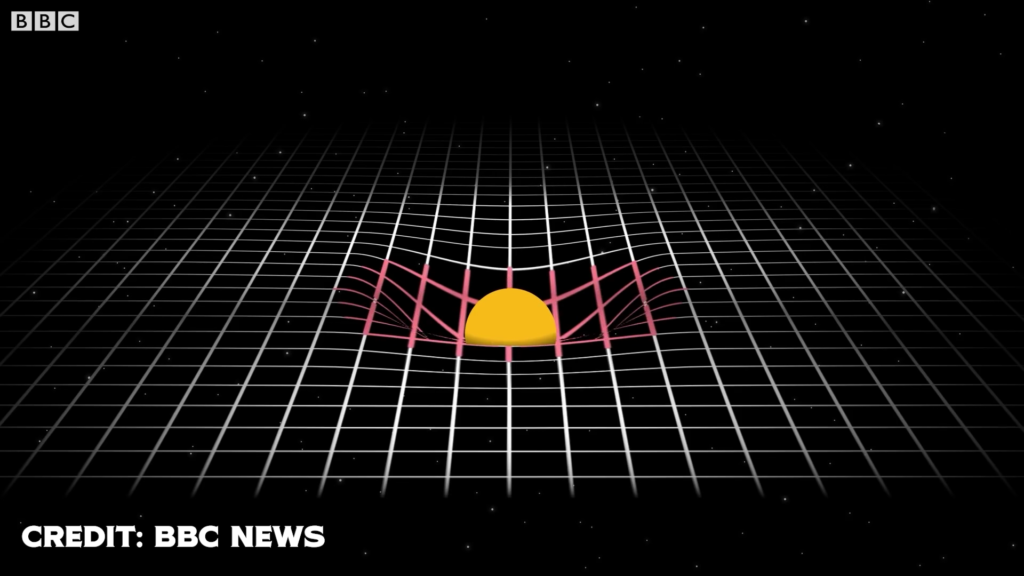
Is Wormholes a Part of Black Hole?
Now, what happens if the weight of some matter is infinite? This will cause the spacetime around that matter to bend so much that it pinches off from the rest of the universe. This is where the concept of black holes comes in. Imagine a black hole as an object with such a strong gravitational force that the spacetime mesh bends so much that it comes out from the other side of spacetime.
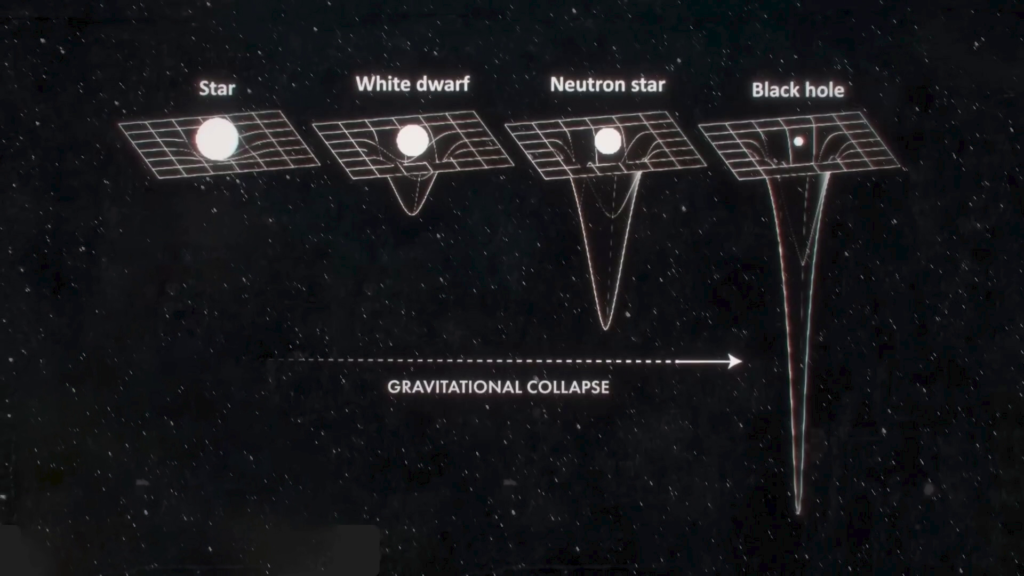
This, my friends, is essentially a wormhole. A wormhole is a shortcut that connects two different points in space.
Basics of Wormhole
Let’s go back to the starting point of this article: if we want to go from the Milky Way to the Andromeda Galaxy, we’d have to travel a distance of 2.5 million light-years in 3D space. But if we convert this 3D space into 4D space, we would easily find a shortcut. The images of wormholes that we see are all 2-dimensional, but in reality, a wormhole works in the 3D to 4th dimension.

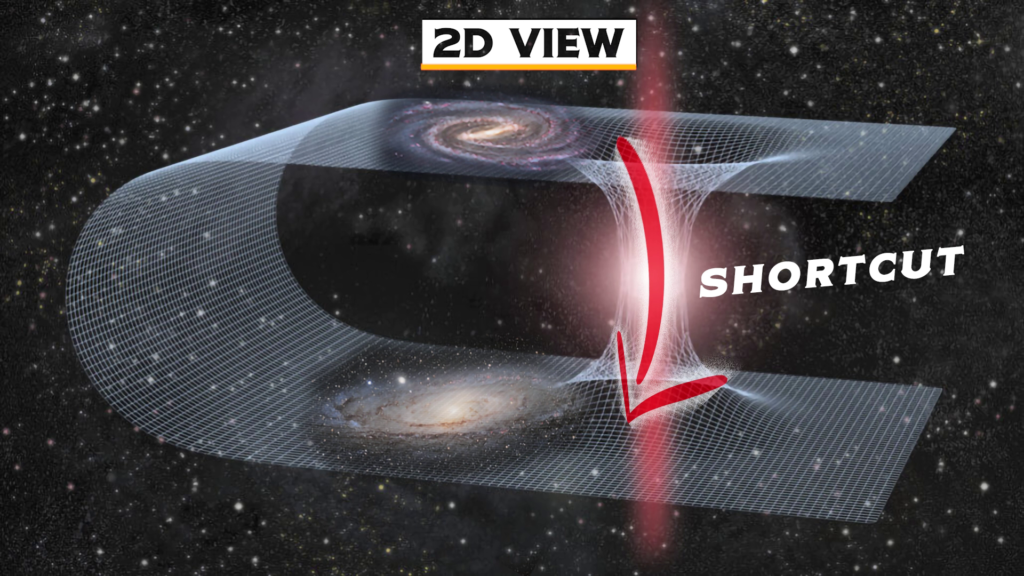
In 1957, scientist John Wheeler first introduced the term “wormhole.” Now, it may be hard to believe, but the concept of wormholes remains purely theoretical and fictional as of 2023. It was introduced based on solving Einstein’s field equations and has been visualized in movies.

If wormholes truly exist, then think about it: in a way, it’s also a time machine. Through a wormhole, you could travel millions of light-years in just a few minutes. This means that the distance that would take light millions of years to traverse can be jumped in a matter of minutes, effectively allowing a jump through time.
White holes have a deep Relationship With Wormholes
Now, the question arises: if wormholes exist, how are they formed, and can humans travel through them? To form a wormhole, extreme gravitational force is required, which means a black hole. Einstein had suggested that through the gravitational force of black holes, we could potentially open up tunnels for wormholes. Whatever a black hole attracts would flow through this tunnel. But the question remains: what would be on the other side of the tunnel?
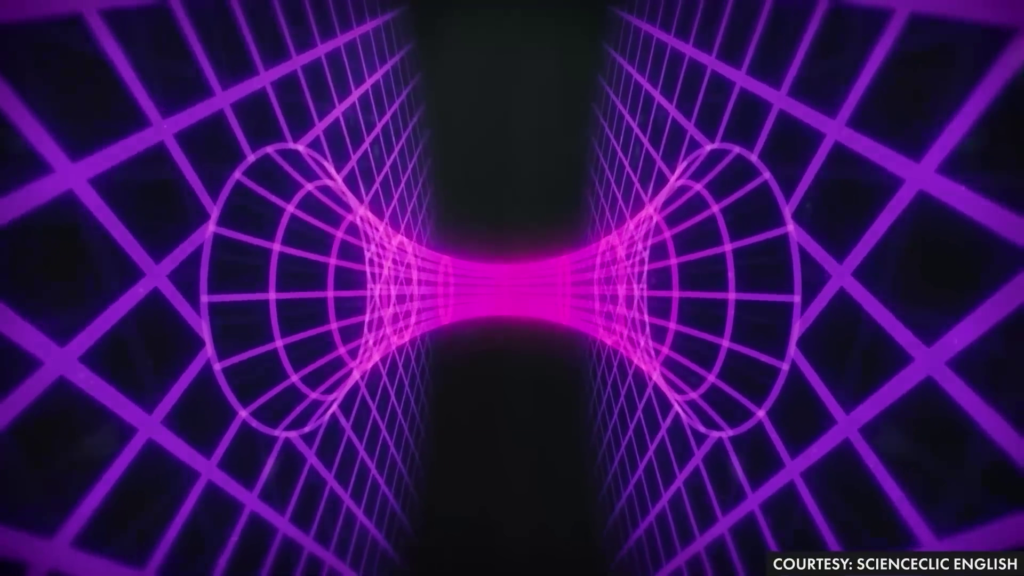
If a black hole exists on the opposite side of the tunnel, then entering it would mean being trapped because nothing can escape beyond the event horizon of a black hole. So, there must be something on the other side that is opposite to a black hole. This is where the concept of white holes comes in. A white hole would push things out instead of pulling them in, so anything that enters a black hole through the tunnel would come out from the other side of the universe through a white hole.
White holes are also a concept derived from Einstein’s field equations, just like black holes and wormholes. White holes are essentially the opposite of black holes. While nothing can escape a black hole once it enters, nothing can enter a white hole, and they emit light continuously, making them very bright and appear white.

A white hole is, in a sense, the time reversal of a black hole. Just as nothing can escape beyond the event horizon of a black hole, there’s a point called the point of no return, similarly, the event horizon of a white hole is a boundary beyond which nothing can enter; only things can come out. It’s a point of no admission.
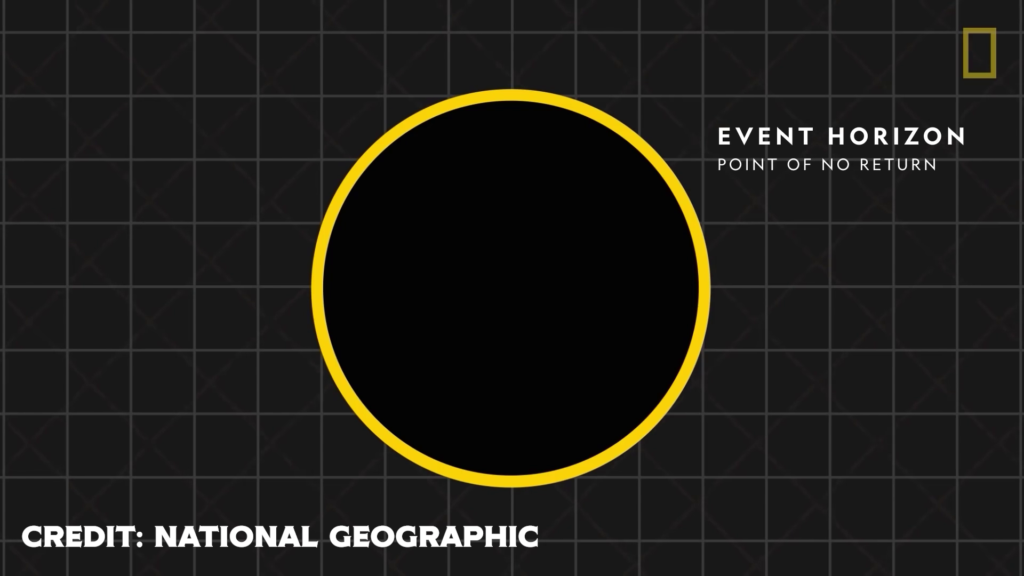
Theories Of White Holes
It’s indeed unfortunate that we don’t know how white holes form. Black holes form when a star collapses, the formation of white holes would be the opposite. However, what that opposite process might be is unclear, making the existence of white holes seemingly impossible.
Some scientists speculate that at the moment of the Big Bang, which created the entire universe, everything might have been ejected from a gigantic white hole.
Stephen Hawking proposed that black holes leak radiation and eventually evaporate. Even black holes are not eternal. This raises the question: when a black hole eventually disappears, where does all the matter and information inside it go?
In quantum physics, there’s a law known as the no-hiding theorem, the no-hiding theorem essentially states that information cannot be lost or hidden within a quantum system. In other words, if information seems to disappear from one part of the system, it must reappear or be retrievable from another part of the system or the environment.
Theoretically, if a black hole were to vanish, it would indeed spew out all its information and matter. Alternatively, it’s possible that all the contents that a black hole has sucked in are being expelled through a white hole. It’s also possible that after the black hole’s demise, a white hole is formed and from the white hole everything will spit out what black hole swallowed.
Does White Hole Exist?
However, some scientists argue that white holes cannot exist because they violate the second law of thermodynamics, which states that the entropy of a system can never decrease. This means that if a glass falls from your hand and breaks, it can never return to its original state. When a cup shatters, the entropy of the system increases.
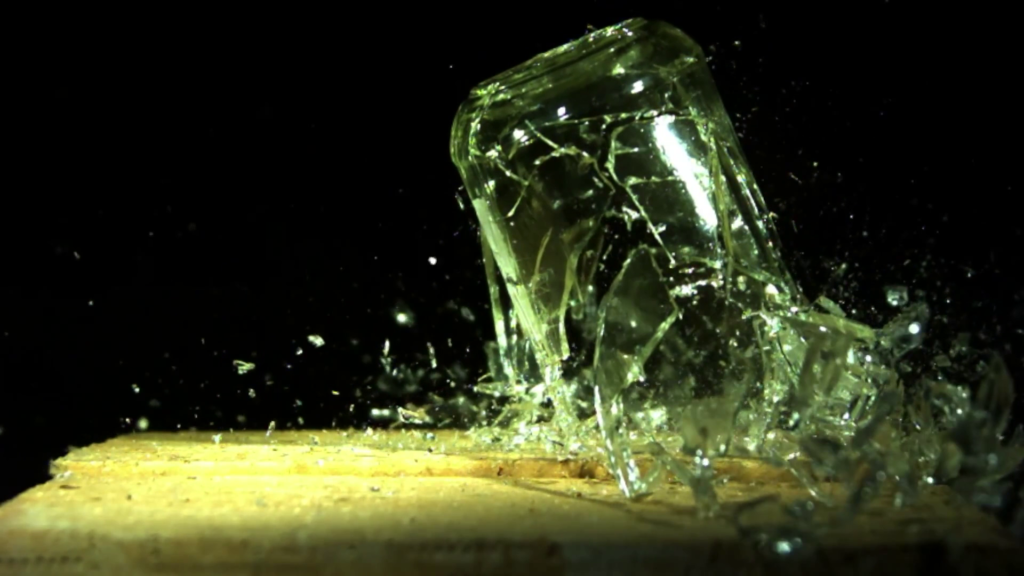
When a black hole consumes an entire planet or a star, the planet or star is completely shredded and sucked into the black hole what is left is hot gases. Here, the entropy of the universe increases. When a matter is expelled from a white hole, as it reverses the process of a black hole, then after releasing from the white hole the star or planet should be as it was before. But it’s not possible, the entropy cannot be decreased. Therefore, based on this logic, the existence of white holes seems unlikely, and consequently, the concept of wormholes may seem futile.
Are Worm Hole Real?
However, some scientists claim to have observed white holes for a limited time. They have observed phenomena such as gamma-ray bursts and certain cosmic explosions that indicate the possibility of white holes.
So are wormholes real? As of now, there is no concrete evidence to prove the existence of white holes. Therefore, it cannot be definitively stated whether white holes or even wormholes are possible. Moreover, even if they were possible, the creation of a stable wormhole through which humans could travel without harm is still a matter of speculation.
